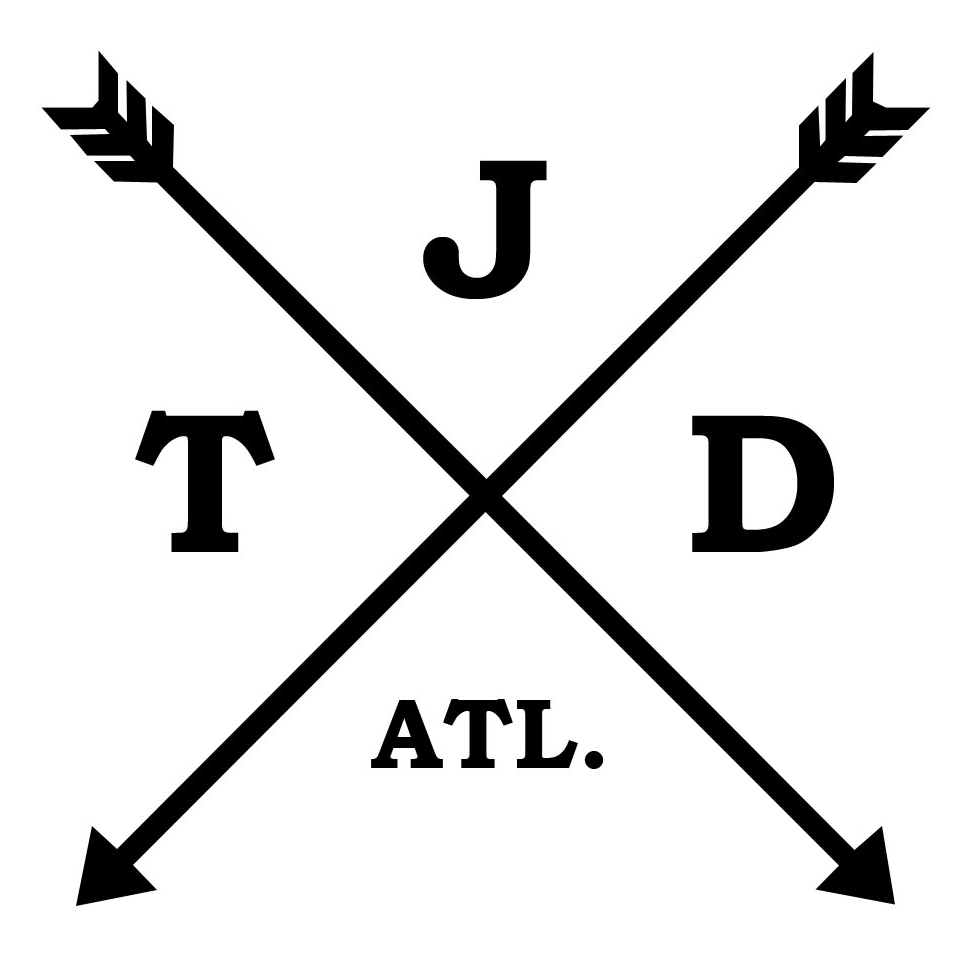Hey again! Welcome to my first installment of my own little "How To" series. Every so often I'll be giving you tips and tricks you can use in your own spaces to achieve a true designer-like look and feel. First up; how to make your flat surfaces like tables, counters, desks, etc. pop and come alive.
Unless everything in your home is white and chrome and sterile like a hospital, the worst thing you could probably do is have blank surfaces. I don't trust anyone with an empty cocktail table (what are you trying to hide, huh!?), plus having knickknacks on these surfaces helps your space feel warm, inviting, and most of all, lived in. So rule number one, put something on that table!
Rule number two? We want... stuff on that table, just not too much stuff. There's a finer line than you think between just enough and too much, so walk it carefully. Typically, the smaller the surface and space, the smaller and fewer your items should be. The larger the surface, the more pieces you can have and the larger they can be. Scale is VERY important when it comes to this stuff.
Rule number three; keep it odd. Clusters of an odd number of items is going to be key in creating the visual interest you need on the surface. Even numbers are too symmetrical and can be paired up too easily by your mind. Odd numbers will force your eye to dance through the space and spend time at a particular point, rather than immediately moving on. Next time you open up a home design magazine, take a look at tables in the ads and pictures in the articles, I bet you'll notice the odd numbers. You'll probably also notice rule three a) and b)...
Three a) is to have items of varying height, and b) is varying size/shape. If we have odd numbers to create visual tension and force our eyes to linger, we incorporate items of varying size and height to create visual balance in the composition at the same time. If we can successfully create tension and 'solve' that same tension in the same breath, we've created something truly dynamic and worth looking at.
So crack open that old box of books, candle holders, and other little tchotchkes, and get to work!

